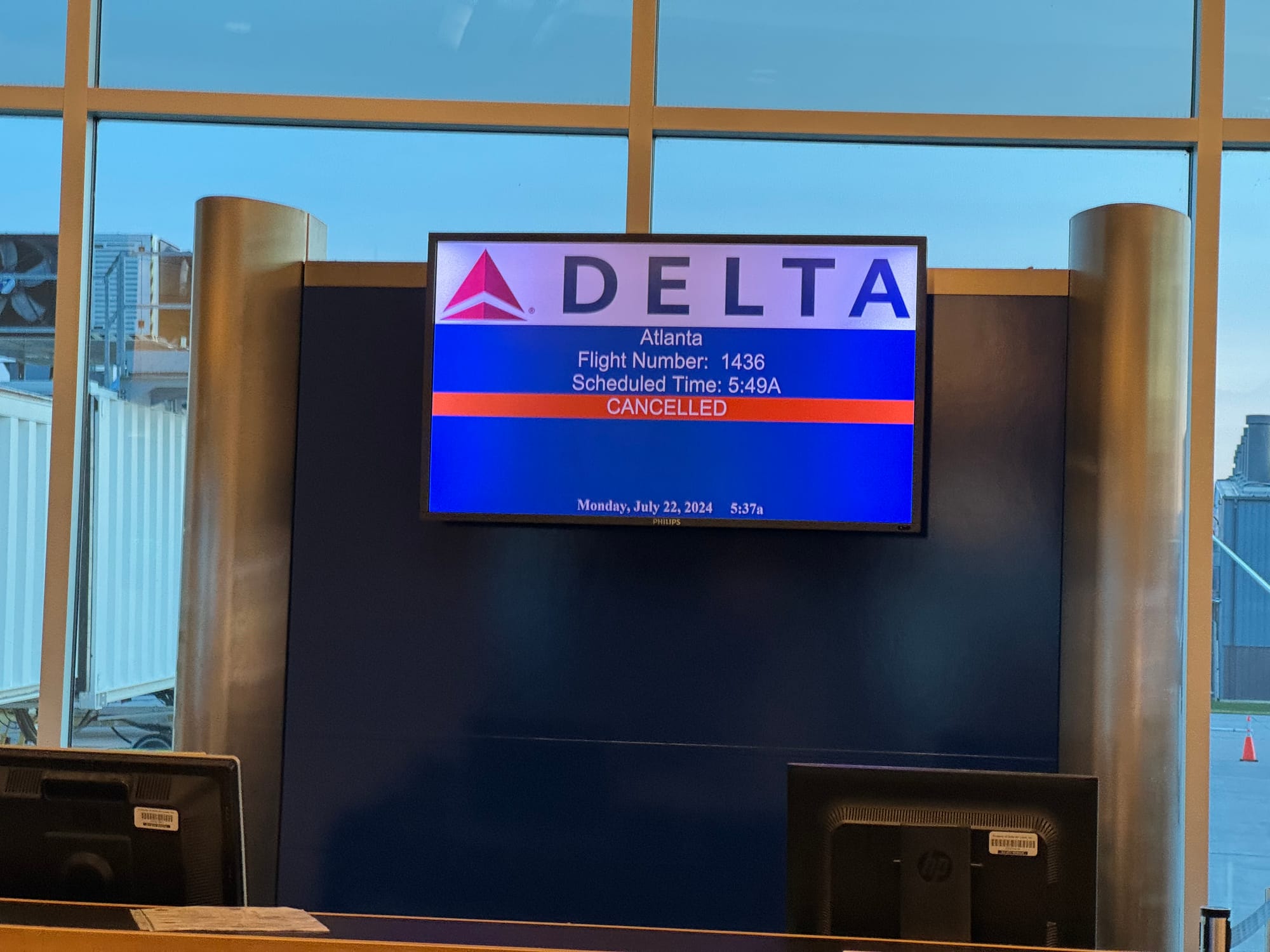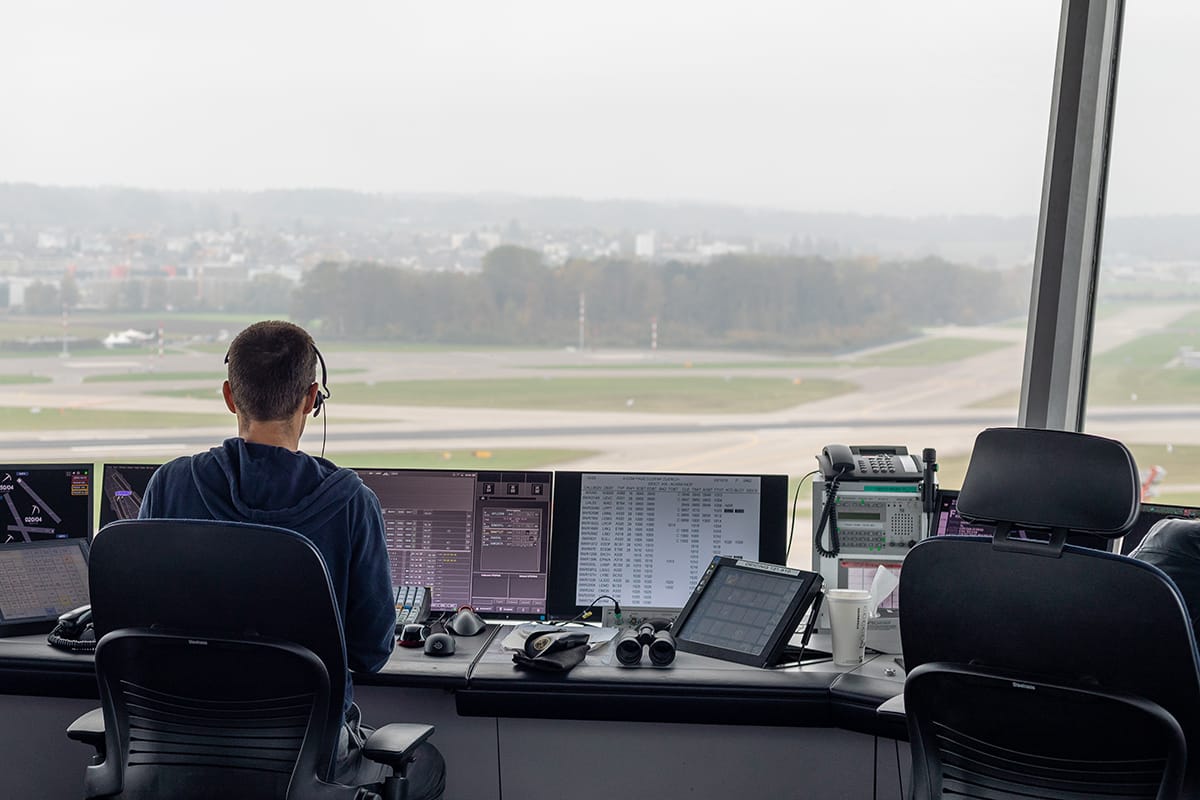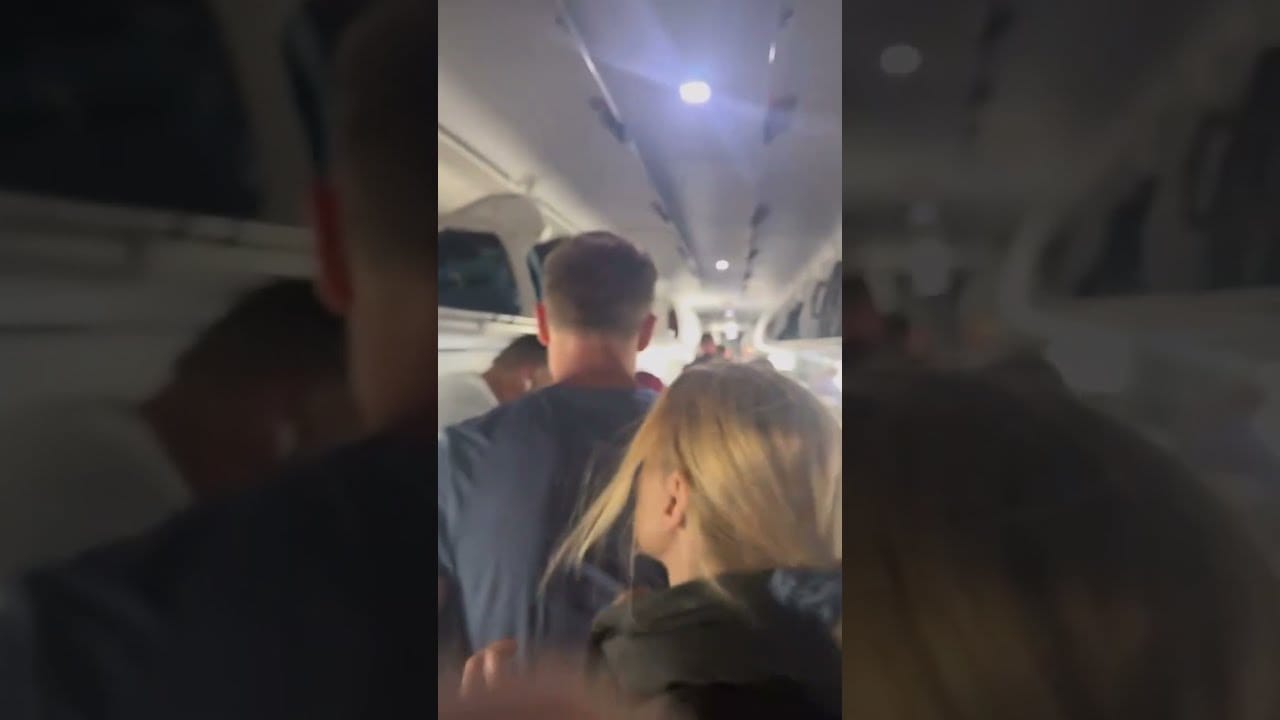What is Special Use Airspace?
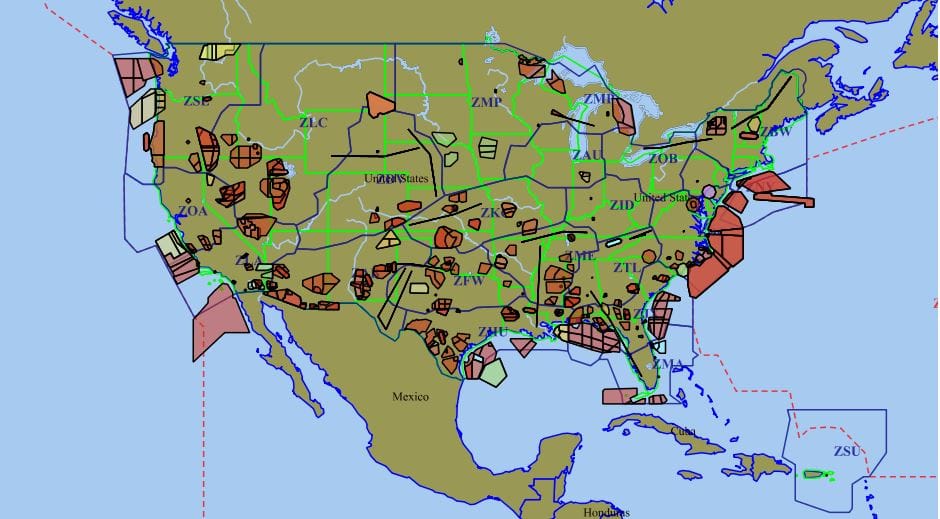
For pilots, understanding airspace classifications is crucial for safe and efficient flight. General categories like controlled airspace and uncontrolled airspace provide a basic framework. However, within these categories exist designated zones with specific restrictions – Special Use Airspace (SUA).
What is Special Use Airspace (SUA)
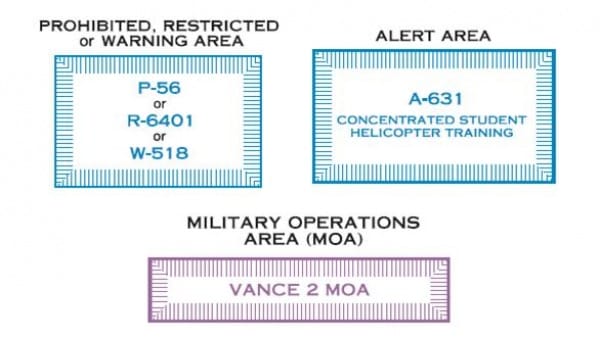
Special Use Airspace is a designated airspace segment where activities on the ground or in the air necessitate limitations on other aircraft operations. These limitations can be complete prohibitions or require authorization for entry. SUAs are established for various purposes, including national security, military training, or protecting sensitive areas.
Types of Special Use Airspace

There are many types of Special Use Airspace, some of them you can freely fly in, others have a complete restriction, and more than you need spcial permission to enter. The different types are:
- Prohibited Areas: As the name suggests, these areas pose a significant hazard to unauthorized aircraft and are completely off-limits. They safeguard sensitive locations like government facilities, nuclear power plants, or presidential residences.
- Restricted Areas: Flight into restricted areas is only allowed with permission from the controlling agency. These zones are often used for military training exercises involving activities like low-altitude maneuvers or weapons deployment.
- Military Operations Areas (MOAs): MOAs are designated airspace for military training involving maneuvers that don't require complete airspace closure. While IFR (Instrument Flight Rules) traffic can be routed through MOAs with separation from military activities, VFR (Visual Flight Rules) traffic might need to reroute if the MOA is active.
- Warning Areas: These areas alert pilots of hazards like ongoing military activity, parachute jumps, or aerial refueling. Flight through warning areas is permitted, but exercising caution is essential.
- Alert Areas: Similar to warning areas, alert areas notify pilots of potential hazards but have less intensive activity levels. They may be used for flight testing or specific military operations.
- Controlled Firing Areas (CFAs): These areas are used for ground-based activities that pose a threat to aircraft, such as artillery practice or rocket launches. Unlike other SUAs, CFAs are not depicted on aeronautical charts due to the unpredictable nature of these activities. Pilots are advised to obtain NOTAMs (Notices to Airmen) for information on active CFAs in their planned route.
- National Security Areas (NSAs): Established for national security reasons, NSAs are the most restricted airspace classification. Flight within an NSA is strictly prohibited, and even details regarding the airspace boundaries are classified.
Staying Informed About SUAs
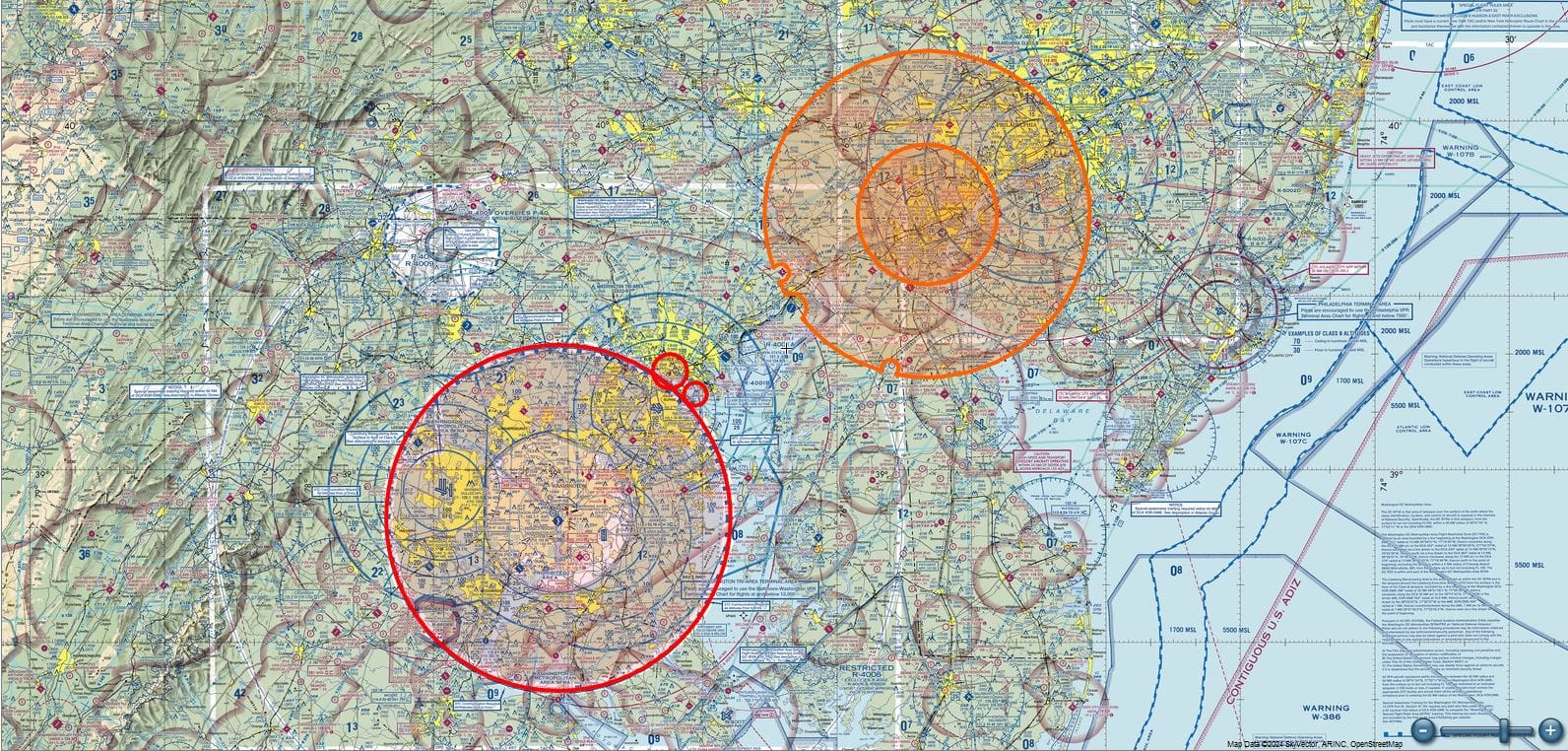
For a pilot, knowing the location and restrictions of SUAs is vital for safe flight planning. Pilots can consult aeronautical charts and publications like the Aeronautical Information Manual (AIM) for the latest SUA information. Additionally, flight service stations can provide real-time updates on active SUAs.
The Federal Aviation Administration (FAA) even has a special website that shows you all the active and upcoming SUAs.
Final Thoughts
By understanding SUAs and adhering to their restrictions, pilots can ensure safe and efficient airspace utilization, minimizing potential conflicts and promoting a smooth flow of air traffic. Furthermore, staying informed about active temporary flight restrictions (TFRs) established for events or emergencies is crucial for avoiding airspace violations. With proper planning and awareness, pilots can navigate the skies safely and efficiently, respecting the designated airspace for various activities.


